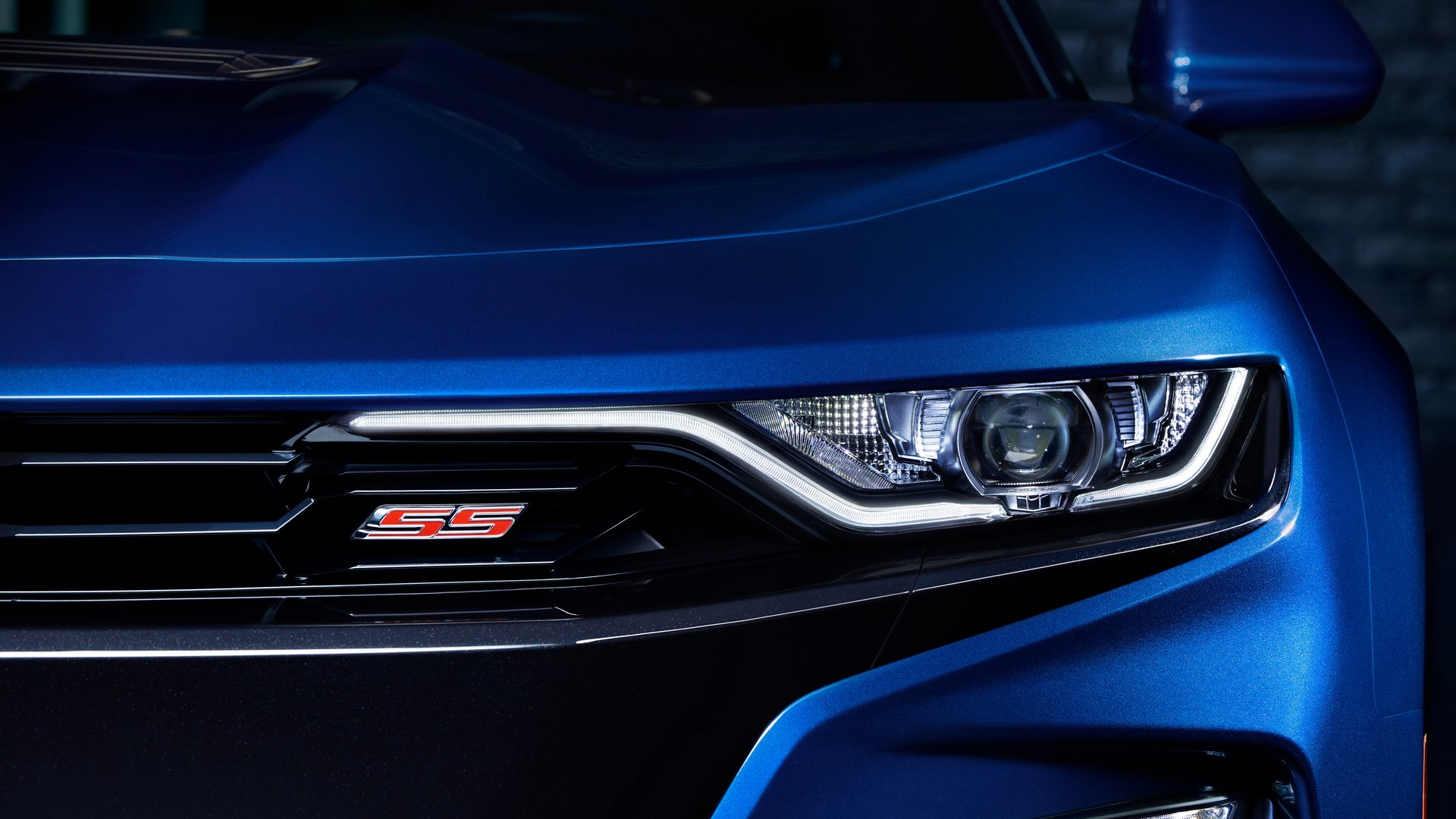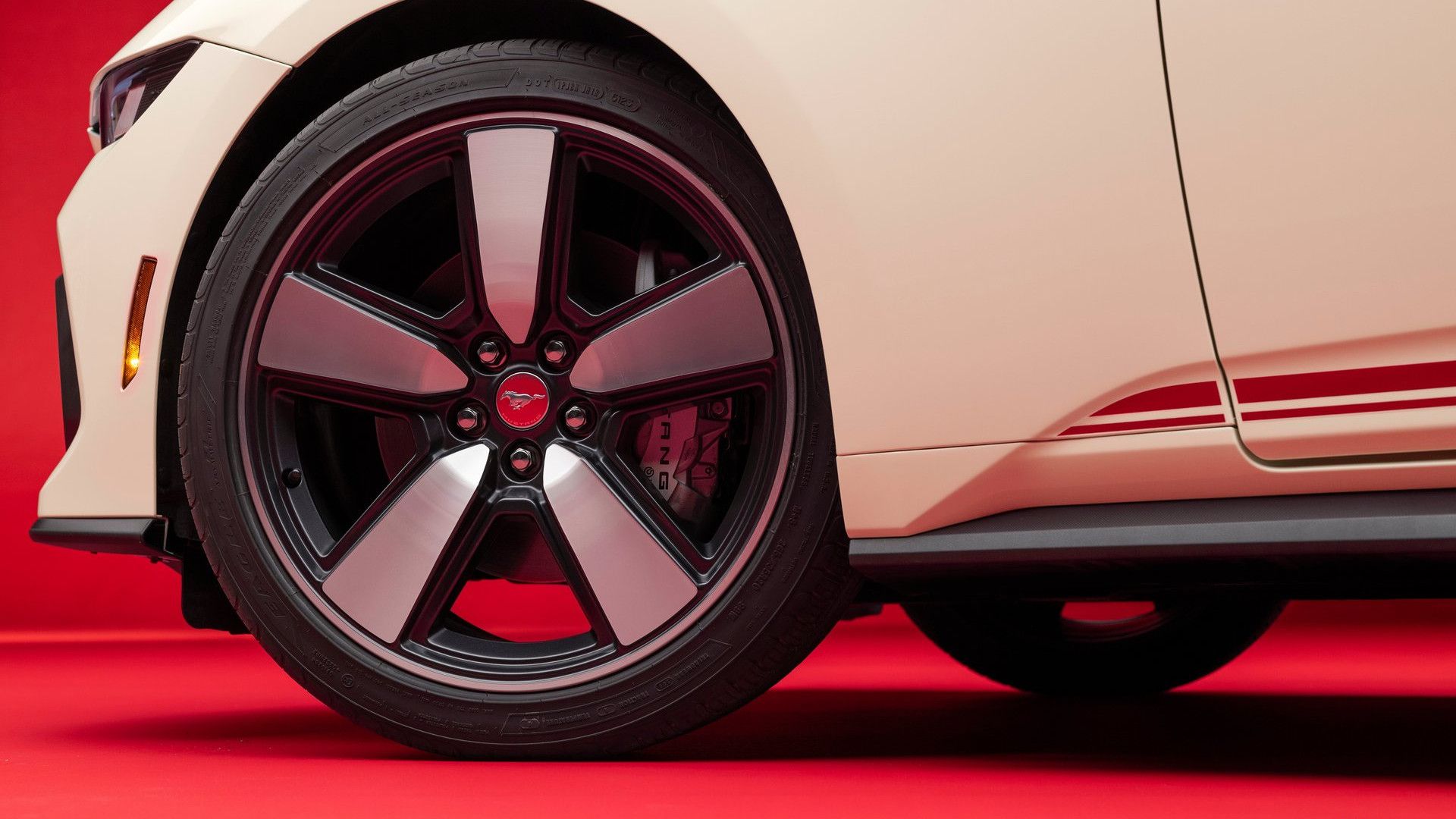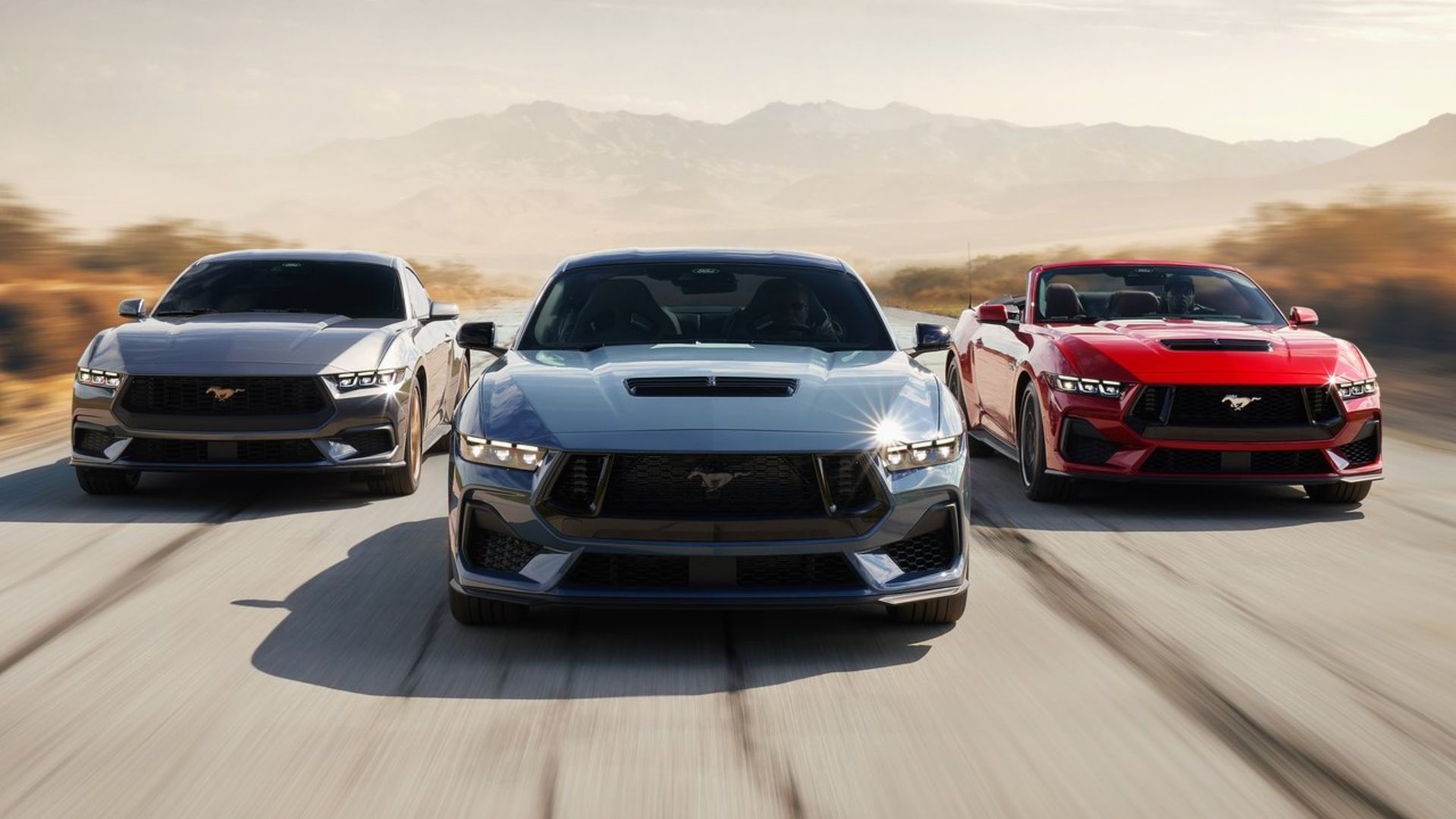Chevy And Dodge’s Reasons For Handing Ford A Muscle Car Monopoly
We hardly even need to make the case that the age of the V8 muscle car is well and truly over. The bottom line is that it’s not even a segment anymore. If we’re looking for an affordable eight-cylinder performance car, it’s just the Ford Mustang. Dodge is going with EVs and inline sixes, and the Camaro is out, with no clear future for the nameplate. Anyone who wants to argue the point will never be convinced.
But we’re left with the question of why. That is, someone’s still buying these cars, or else Ford wouldn’t still be producing the Mustang, right? So, if there’s money to be made, why have Dodge and Chevrolet forsaken their stakes in the muscle car segment? Both automakers have their official explanations, but we took a look at the sales numbers to find out for ourselves.

Data and information for this overview has been sourced from a number of sales and news resources, cited where relevant. Conclusions drawn from said data are based on analysis by the experts at CarBuzz.
How The Monopoly Happened
Commenting on the brand’s commitment to EVs, Dodge CEO Tim Kuniskis told FOX Business back in 2023 that “the industry has invested half a trillion dollars” into the EV transition. The very existence of an electric Dodge Charger feels like a mission statement, converting the king of the quarter mile to an EV in order to put to bed any doubts that this is what the future of the brand looks like.

Related
The Charger Daytona Won’t Be Able To Do a Burnout Until 2026
A muscle car that can’t do burnouts is hardly worthy of the term. Dodge will fix that with line lock – at a price.
General Motors has essentially said the same regarding the retirement of the Camaro. GM announced their intention to go all-electric by 2035 some time back, and while they would backpedal a bit, making allowances for hybrids and plug-ins, the fact remains that there’s not much room for the Camaro in the brand’s battery-powered future.
But, Are People Still Buying V8 Muscle Cars?
If we take a look at the muscle car segment over the last five years, we see a slow dwindling-down of sales, ending in an abrupt drop-off as Ford’s competitors begin pulling their muscle cars from the market.
Model | Ford Mustang | Dodge Challenger | Dodge Charger | Chevrolet Camaro | Year-End Total |
2024 | 47,212 | 27,054 | 34,756 | 5,860 | 114,882 |
2023 | 53,159 | 44,961 | 75,919 | 31,029 | 205,068 |
2022 | 47,566 | 55,245 | 80,365 | 24,652 | 207,828 |
2021 | 52,384 | 54,315 | 78,388 | 21,893 | 206,980 |
2020 | 52,384 | 52,955 | 77,426 | 29,777 | 212,542 |
It’s worth noting that the segment saw a very slight bump in sales of 848 units in 2022, despite the ongoing market crises affecting the industry in the pandemic era. Dodge announced the retirement of their V8 muscle cars in the summer of 2022, perhaps motivating buyers to get a piece of the action while they still had the option. Mustang saw a small sales dip that year, which would seem to support that interpretation. That is, you can buy a Mustang any time, but this might be your last chance to buy a Charger or a Challenger. The Camaro likewise saw a significant sales bump in 2023, the same year it was announced that the car would be put to pasture.

Related
There Are Only 9 Brand-New V8 Camaros Left In America
If your dream car is a brand new Camaro, you’d better move fast, because supplies are running out.
These numbers show a segment in steady decline, and while it can still sustain a handful of competitors right now, that might not be the case anymore in another five years. That said, at a glance, the numbers seem to support the official narrative from Dodge, that they’re just that committed to electric powertrains. Dodge is the only brand on this chart selling more than 100,000 models each year, and the Charger has held a substantial lead over the years, outselling the Mustang by more than 30,000 units in 2023.
But, those numbers include all Chargers sold, not just the ones powered by a V8. Dodge’s financial departments may have simply added up the costs and profits that come with selling the V8 models, and determined they would be fine sticking to six cylinders. There’s only so much we can know without taking a look at the automaker’s books ourselves.

Related
Why Dodge’s Six-Cylinder Era Might Not Be a Bad Thing
It’s the end of the road for the HEMI, but will Dodge’s six-cylinder era be a bad thing?
Muscle Car Culture Isn’t Really About New Cars, Anyway
Ask any musclehead when the golden age of the American automobile was, and they’ll tell you it was the late sixties. A 1968 Charger R/T 440 would hit 60 mph in about six seconds. With a Hemi, you could get there in around five. The slowest Tesla Model Y does 0-60 in around five seconds, too. Cars are quicker, faster, more capable, and more efficient than they’ve ever been. Mid-market vehicles in 2025 can do what top-of-the-line track-tuned coupes were doing fifty years ago.
So, two points:
- Conventional muscle cars can’t keep up with EVs anymore (at least not in the mid-market price range), but…
- It’s not really about the numbers when we’re talking muscle.
Muscle cars aren’t really about posting big numbers for the sake of big numbers. It’s all about the rumble of the engine, the squeal of a burnout. To a musclehead, 300 hp is only impressive if you get there through the power of combustion alone.

Add CarBuzz to your Google News feed.
One could even argue that the only reason they still make muscle cars is that the classics can be expensive if they still run, and expensive to restore if you’re buying a project car. Hagerty puts a 1969 Dodge Charger R/T at around $102,000 in good condition, and we’ve seen a rare Hemi model going for twice that. The site lists a 1969 Camaro SS at around $53,200. And these are based largely on auction prices, meaning you might not even place the winning bid.

Related
There’s Only One Convertible Muscle Car Left In The USA
Sitting at the crossroads of two dwindling segments, this iconic American car is likely to stick around for years to come.
In short, a certain degree of nostalgia is baked into the muscle car segment. Muscle cars invite you to look in the rearview at the glory days of mid-century America. It’s no surprise to discover that most leading automakers see no future in a segment so steeped in history.
To The Victor…
It wasn’t that long ago that we ran a piece on the best-selling muscle car of the 2000s, and, wouldn’t you know it, it was the Ford Mustang, which effectively ran uncontested for several years while the Camaro, Charger, and Challenger were between generations.

Related
Why The Mustang GT Is Not As Expensive As You Might Think
The current Ford Mustang GT may seem like an expensive deal, and older versions were likely cheaper in a less troubled environment. Well, not so fast.
So this answers the last question you might be asking: if Dodge and Chevy don’t think the muscle car segment is worth the effort, why is Ford sticking around? Simply put, it never hurts to hold a monopoly, even in a dwindling corner of the market.
Sources: Hagerty, FOX Business, Ford, Dodge, GM